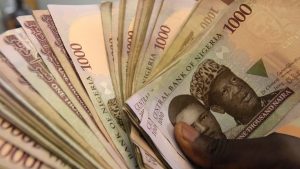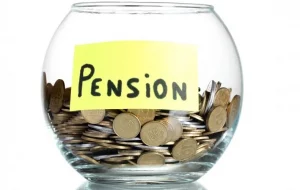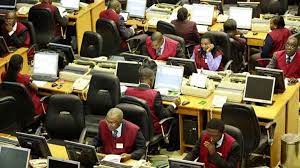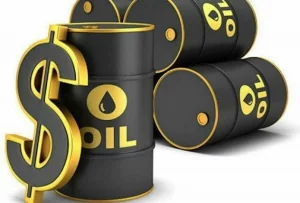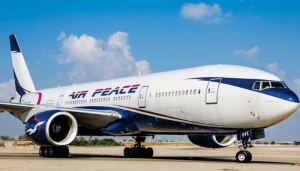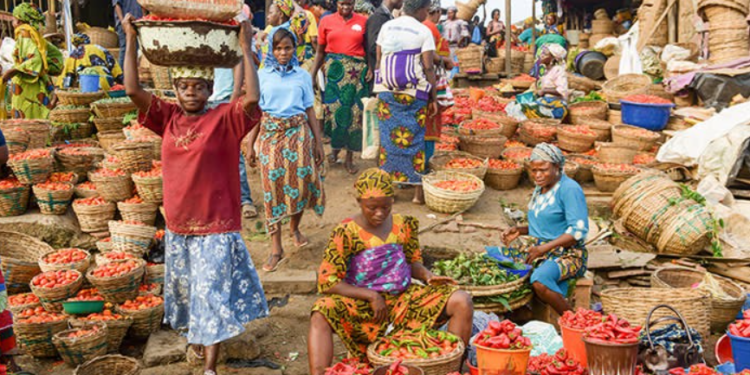
By David Akinmola
Nigeria’s headline inflation is projected to have eased marginally in May 2025, analysts say, offering a glimmer of relief following a sustained period of price pressures. This slight slowdown is primarily attributed to a more stable exchange rate, reduced fuel costs, and early signs of food price relief.
What’s Driving the Ease?
-
Exchange rate stability: The naira appreciated modestly—around 1% in the official NAFEM window—strengthening from about ₦1,606 to ₦1,585 per dollar in May. This helped dampen the cost of imported goods, including food and industrial inputs .
-
Fuel price cut: The Dangote Refinery’s decision to reduce pump price of Premium Motor Spirit (PMS) from ₦835 to ₦825 per litre in May lowered costs across distribution and logistics—which typically ripple through consumer prices.
-
Food-price moderation: Markets in Lagos and Abuja showed “modest reductions” in staple food prices, thanks to improved supply and some policy-driven interventions.
-
Base-year effects: With April 2024’s inflation spiking exceptionally high, any year-on-year comparison will reflect a softer figure—a statistical pause rather than a dramatic revival in purchasing power.
Analysts’ Views
-
Damilare Asimiyu, Head of Research at Afrinvest West Africa, projects headline inflation at around 23.5% in May—down slightly but a meaningful step given improved FX dynamics.
-
Kanabe Ayegbeni, MD at Utica Capital, notes that “inflationary trends in essential goods and services during May were quite stable,” attributing this to effective macroeconomic policy coordination.
-
Samuel Oyekanmi, Head of Research at Norrenberger, takes a more cautious tone.
-
He warns that while aggregate inflation may soften, food inflation remains vulnerable, especially with insecurity and flooding in the Middle Belt potentially disrupting supply. For instance, food inflation in Benue reached over 50% in April .
| Indicator | May 2025 (Estimate) | April 2025 |
|---|---|---|
| Headline Inflation | ~23.5% | 23.71% |
| Naira FX (Official Rate) | ~₦1,585/$1 | ~₦1,585/$1 |
| Fuel Price (PMS) | ₦825/litre | ₦835/litre |
Ecosystem of Support
-
Nigeria’s foreign reserves remain robust—above $38 billion—giving the Central Bank room to support the FX market .
-
Moody’s in late May upgraded Nigeria’s sovereign rating to B3, noting improvements in external and fiscal dynamics alongside moderating inflation risk.
-
Meanwhile, the broader economic recovery—driven by rising oil output and Douglas‐backs to the Dangote refinery—is helping reinforce the currency and relieve inflationary stress .
Risks Ahead
Despite the positive signals, caution is warranted:
-
Food-price volatility: Security issues and weather-related disruptions could quickly undermine inflation gains.
-
Oil price uncertainties: A drop in global crude prices may reduce FX inflows, impacting naira support and government revenue.
-
Exchange-rate risks: If the parallel market diverges significantly from the official rate, imported inflation may re-emerge.
Looking Ahead to June
The consensus is for continued but gradual disinflation into June, contingent upon ongoing FX stability, steady food supplies, and controllable energy costs. Any shocks—be they external or domestic—could quickly reverse the trend



